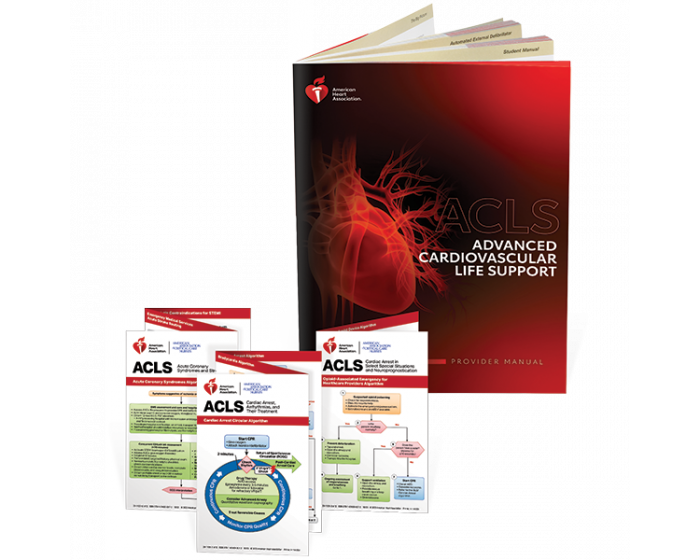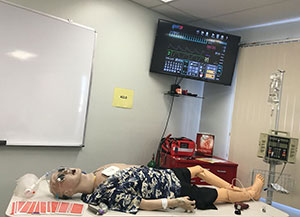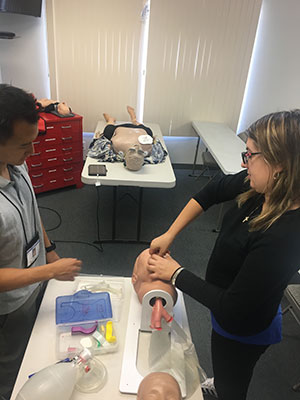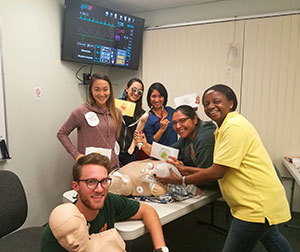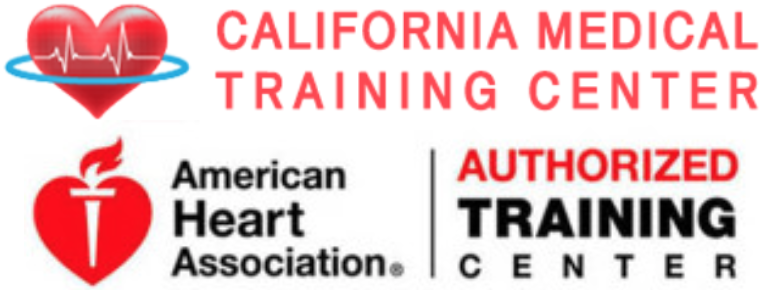ACLS Study Guide
American Heart Association Healthcare Provider Authorized CourseACLS Certification
$180
ACLS Recertification
$160
ACLS Online & Skills
$170
The Advanced Cardiovascular Life Support (ACLS) course teaches the most current 2020 American Heart Association Guidelines for Cardiopulmonary Resuscitation and Emergency Cardiovascular Care and key changes in advanced cardiovascular life support
ACLS Study Guide
The following is a summary of current AHA ACLS Guidelines, however, is not intended to serve as a substitution for the Provider Manual
Chest Compressions • A-B-C to C-A-B • Circulation-Airway-Breathing • quickly initiating chest compressions • depress the adult sternum 2-2.4 inches • allowing the chest to completely recoil • 100-120 compressions per minute • without advanced airway – 30 compressions:2 breaths • with advanced airway – continuous compressions – give 10 breaths a minute or 1 breath every 6 seconds • checking a pulse should require 5 to 10 seconds
Emergency Care Priorities • The use of advanced airways, gaining vascular access, and administering drugs does not take priority over high-quality CPR and access to immediate defibrillation • LMA or King Airway if the healthcare provider is not proficient to intubate or difficult airway • Defibrillation for VF or pulseless VT • 1 shock followed by 5 cycles of CPR before pulse check
Quantitative Waveform Capnography • Recommended for confirmation and monitoring of ET tube placement• CO2 detectors and capnography are for ET placement and to monitor CPR • provides a monitor of effective chest compressions • during CPR: 10mmhg minimum. ROSC or patient with a pulse: 35-45mmhg
Medication Protocols • Adenosine is recommended for the treatment of stable SVT and is also recommended for the treatment of VT with a pulse when the rhythm is regular and QRS waveform is monomorphic • Amiodarone is now preferred to Lidocaine, but either is still acceptable • Atropine is only recommended for bradycardia and heart blocks • dose is 1 mg, maximum 3 mg • Dopamine infusion for bradycardia is 5-20 mcg/kg/min • infusion for post-cardiac arrest care for blood pressure is the same: 5-20 mcg/kg/min • Epinephrine: infuse 2-10 mcg/min for bradycardia when Atropine is ineffective • intravenous chronotropic agents are recommended as an effective alternative to external pacing for individuals: symptomatic bradycardia, unstable bradycardia
Intraosseous • for drug therapy rather than ET when IV is not established
Oxygen supplementation • for acute coronary syndromes is no longer routinely indicated • only if the oxyhemoglobin saturation is ≤ 90
Post-cardiac arrest care • SPO2 and ETCO2 is the number one priority • saturation levels must meet: SPO≥ 92-98, ETCO>35-40mmhg • reperfusion therapy: PCI for STEMI and AMI • Systolic blood pressure >90-100 mmHg or administer NS/LR 1L or Dopamine 5-20 mcg/kg/min • cooling measures (“TTM”= Targeted Temperature Management) if the patient remains comatose • check LOC and glucose (minimum 80 mg/dL) prior to cooling • 32-36 celsius
The authors make no claims of the accuracy of the information contained herein, and these suggested doses/interventions are not a substitute for clinical judgment. CPR 3G LLC is not liable for any special, consequential, or exemplary damages resulting in whole or part from any user’s use of or reliance upon this material. The information provided herein may or may not contain the most current guidelines. Refer to the AHA ECC Guidelines for more details and/or clarification in regards to the most current clinical guidelines.
